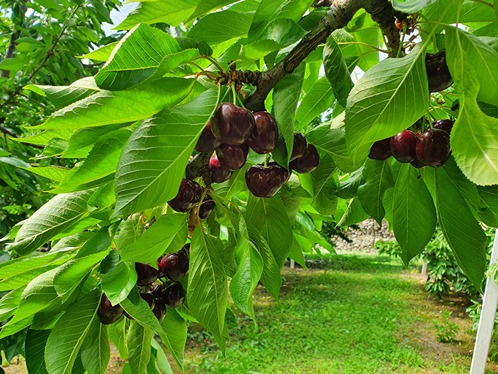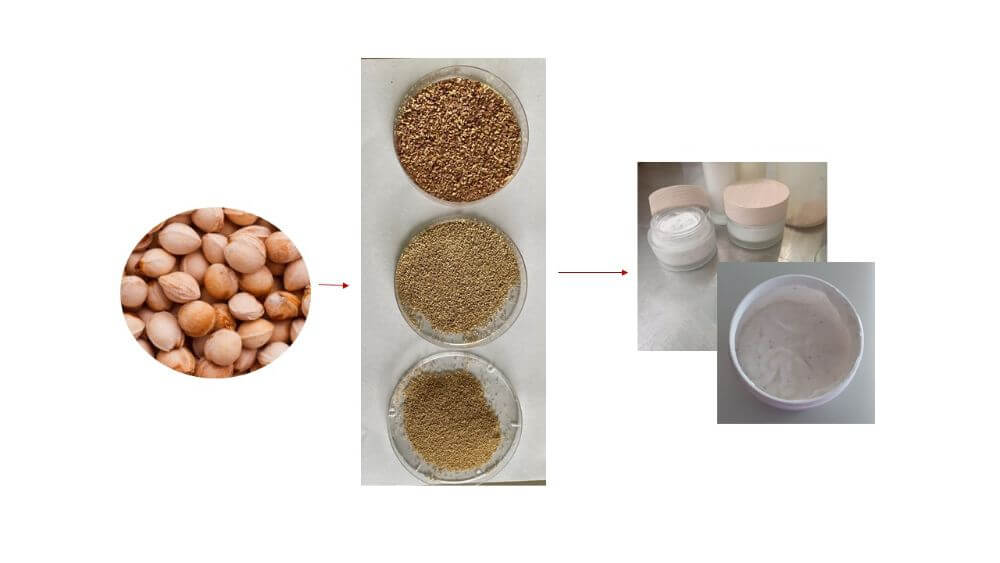In the mountainous regions of southwestern China, the presence of root rot disease hinders the production of sweet cherries, causing yield losses estimated between 50% and 75%.
This disease is of global significance and is caused by various pathogenic fungi.
What influences its development is a complex interplay of factors, including soil, climate, and crop management.
Previous research has shown that the severity with which the disease appears can be influenced by soil characteristics, including bulk density, moisture, temperature, and the carbon/nitrogen ratio.
Factors affecting development
Moreover, in some crops, the presence of root rot has been linked to soil pH, but with somewhat contrasting results.
Management strategies to mitigate the problem preventively are essential, especially since there are currently no valid curative treatments.
The study, conducted in collaboration between China and Australia, examined the incidence and distribution of the severity of root rot on sweet cherry and related it to management practices, climate, topography, and soil characteristics.
Furthermore, efforts were made to identify easily measurable environmental factors in order to predict the risk of root rot occurrence.
Geographical and climatic context
The study was conducted within the geographical coordinates of latitude 26.91° and 33.48°N and longitude 91.73° and 104.25°E, covering altitudes from 1,070 to 2,559 m (3,510 to 8,396 ft).
This area features a typical semi-arid environment influenced by the föhn effect of alpine gorges, along with a tropical and subtropical monsoon climate.
From June to September 2023, a field survey was conducted in eight major counties, covering 95 orchards in the main high-altitude cultivation area of the southwestern region of China.
The published results show that the disease index and the canopy damage index were on average 27.04% and 20.52%, respectively.
Influence of cultivation practices
The adoption of different cultivation practices was reflected in these two parameters: both increased with the number of planting years but with lower values when grafted onto Cerasus szechuanica rootstocks and fertilized with composted manure compared to when Da-qingye rootstocks were used and fertilized with non-composted manure.
The presence of a high disease index at higher altitudes and on shaded slopes was also significantly influenced by climatic and topographical factors.
Moreover, the aridity index and the duration of sunshine showed positive correlations with both the disease index and the canopy damage index, while the mean annual temperature and the mean annual precipitation showed negative correlations.
The severity of root rot was significantly influenced by factors such as soil moisture content, bulk density, years of planting, rootstock type, and manure.
Implications for future management
Although climatic and topographic factors had indirect effects on soil properties, their impact on the measured parameters was less pronounced.
These findings offer valuable insights for the development of sustainable management strategies that prevent and mitigate root rot, thereby improving the health and productivity of cherry orchards.
Source: JOUR, Incidence and Severity Distribution of Sweet Cherry (Prunus avium) and Their Influencing Factors in Southwest China,Chen, Xiaoxia, Zheng, Zhi, Zhang, Nannan, Yu, Hongdou, Wu, Yan, Shi, Fusun, 2025/03/26, 2025, 2025/04/01, doi: 10.1094/PDIS-08-24-1727-RE 10.1094/PDIS-08-24-1727-RE
Image source: Hortsense, WSU
Melissa Venturi
University of Bologna (ITA)
Cherry Times - All rights reserved












